12 Ways COVID-19 Will Change the Tech Industry
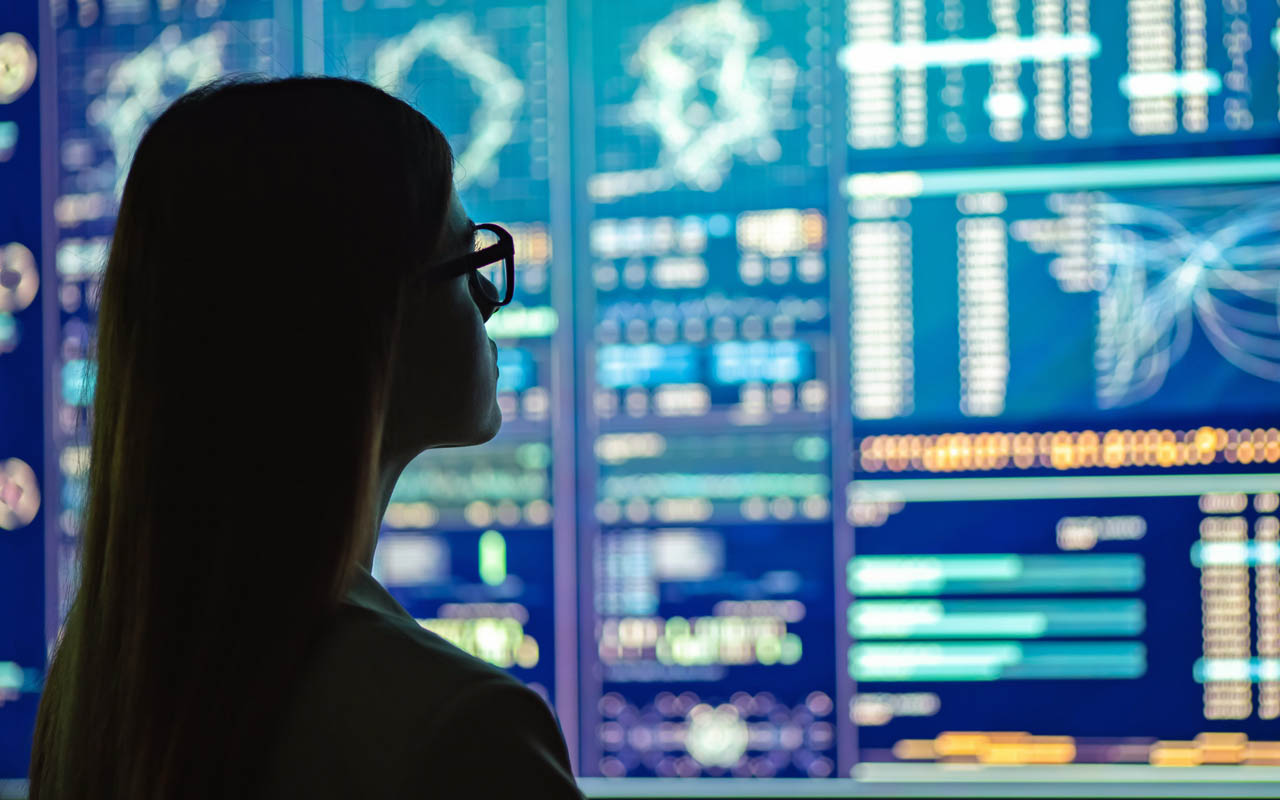

The full impact of the COVID-19 pandemic is still unfolding, but it’s already clear that the outbreak will spark major changes in the technology industry, which has already been called on in a big way to preserve social community and workplace collaboration as billions of people are forced to stay home under some variety of lockdown.
Here is a collection of some significant tech shifts that bear watching.

Digitization for Even the Last Holdouts
Even more of daily life will take place online as businesses and consumers increasingly adopt online banking, video conferencing, remote education, video calls, ecommerce and more. Folks who have avoided online services will shed their skepticism as the virus underscores how crucial the web is during disruptions of in-person interactions. Households without the internet (believe it or not, there are millions of these) will cave and get service. And those who are already digitally savvy will double down on their online habits.
Consumers will upgrade internet speeds and even consider backup plans, such as a Wi-Fi hotspot from a cellular carrier. Many people now trying to work from home (with their children home, too) are experiencing bogged-down speeds. The answer will be a faster plan and new wireless equipment from internet providers such as Comcast, Verizon, AT&T and Charter.
HOW MUCH WILL YOU GET: Stimulus Check Calculator

More Hardware Sales (and Furniture, Too)
Computers, printers and other consumer IT gear will see a prolonged spike in interest. There was a race to buy laptops and monitors for home offices as the coronavirus hit, but this trend has long legs. In some cases, these are must-have purchases for people stuck working from home. Many will want to prepare their home office for both future disruptions and for a future in which remote work is more common. Desks, office chairs and speakers will do well, too. That’s good news for Ikea and its ilk.
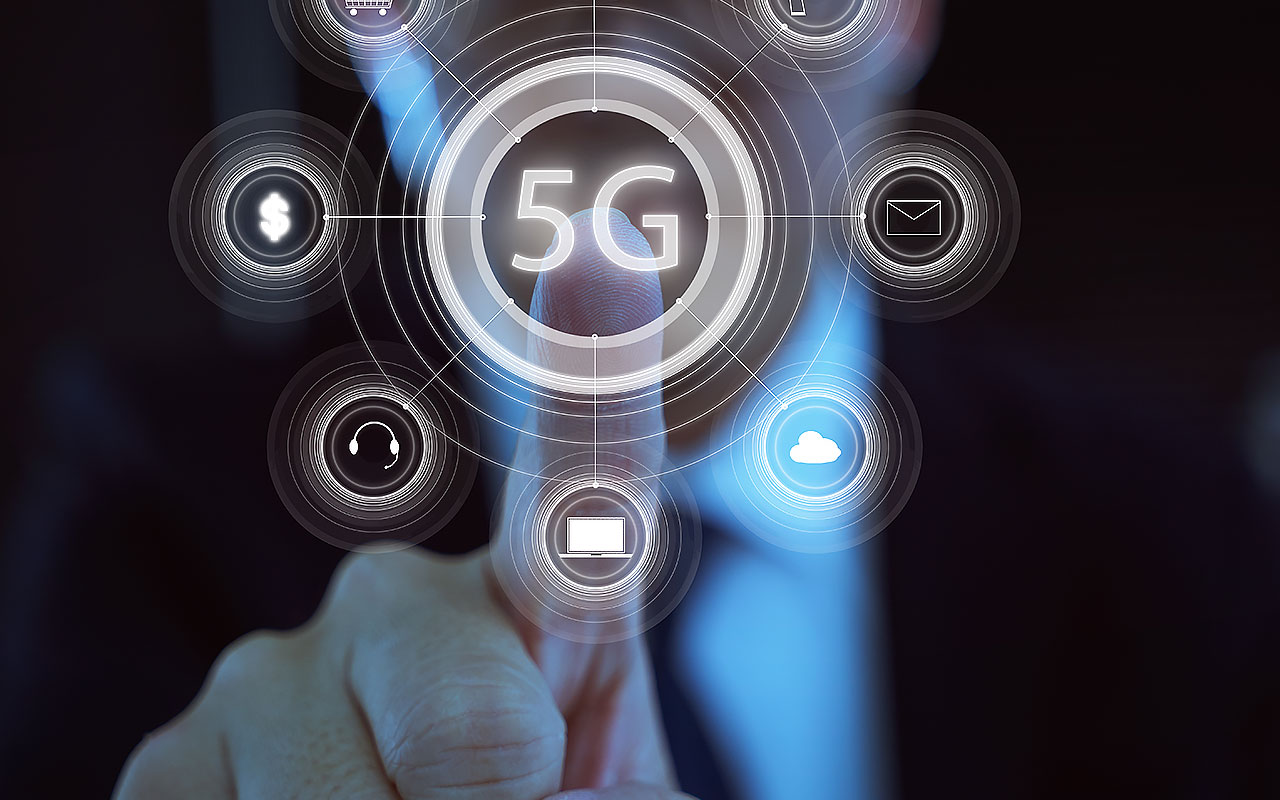
A Setback for 5G
The shift to next-generation 5G networks in cities and towns across the U.S. will be delayed. Network operators that buy 5G gear will be retrenching and dealing with reduced demand. Meanwhile, the supply chain of telecom gear, largely based in China, has been disrupted. Equipment vendors such as Huawei, Ericsson and Nokia will see much lower sales than were projected just months ago.
The same goes for 5G’s debut in factories, warehouses and shipping ports. This is a big blow for businesses that were poised to boost productivity via upgrades to a company’s wireless network. The development of global standards for 5G have been halted, freezing an update vital for industrial uses, such as connecting thousands of sensors and building private cellular networks that can be sliced and diced for different users.
But ultimately, there will be pent up demand for 5G among firms that want an edge. Companies will be looking to be more productive and gain ground by modernizing their IT systems, collecting more data than ever and automating as much as possible. That includes lights-out manufacturing, in which factories keep humming with no human presence, thanks to 5G-connected hardware and software.
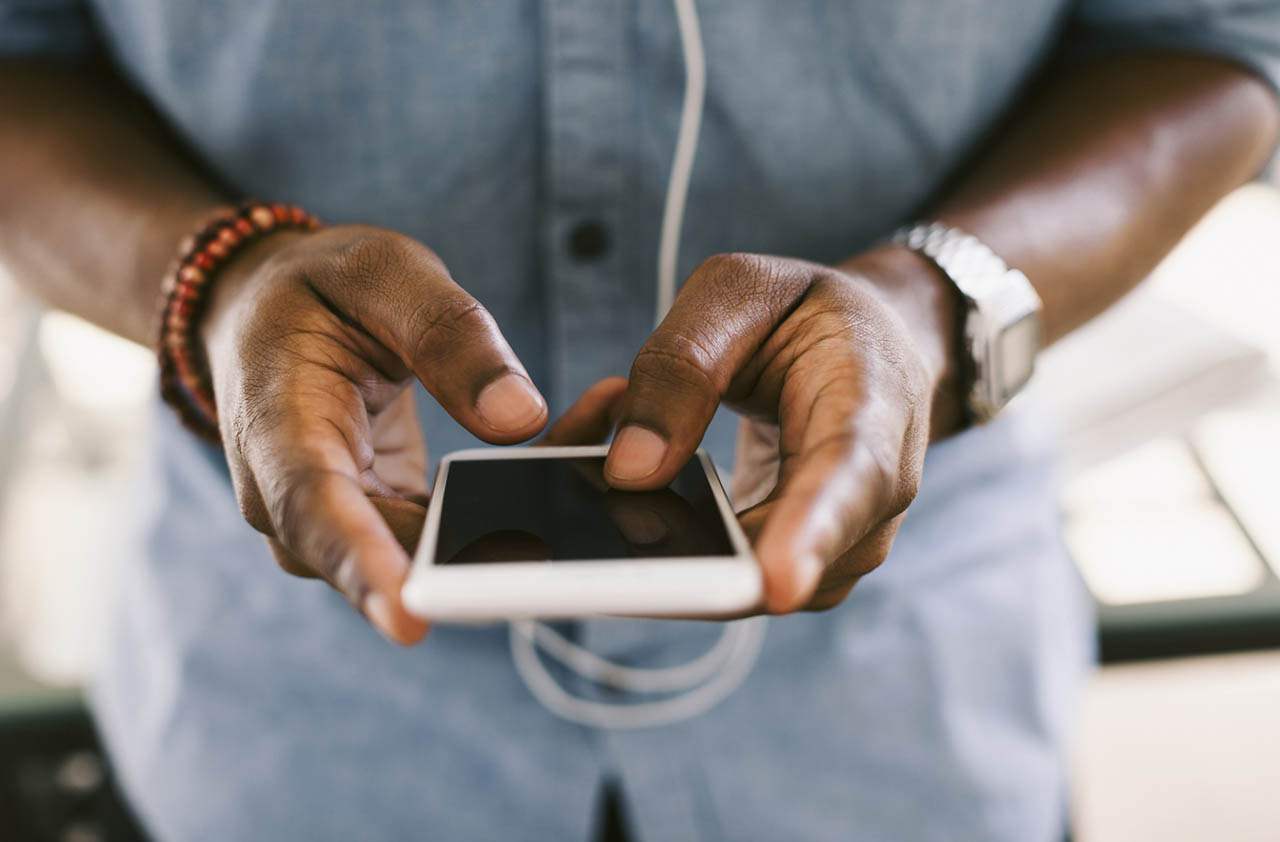
Smartphones Will Tread Water
5G smartphones from Apple and others will be delayed. Global shipments plunged a record 38% in Feb. versus last year, according to market research firm Strategy Analytics. Closed U.S. retail outlets hurt, since a large portion of sales take place at stores. Plus, consumers grappling with a rapid economic downturn will be less willing to buy a pricey new model unless they must.
The global smartphone market will suffer for at least the rest of the year as the virus spreads to other countries, sapping demand and disrupting supply chains. Good luck trying to forecast 2020 sales with so much uncertainty around the globe. To lure more buyers, smartphone sellers will offer deals on phones in coming months, including discounted bundles that pair a phone with a smartwatch or earbuds.
Apple will look harder for manufacturing alternatives to China. Samsung has already withdrawn from China over the past couple of years, moving production to India and Vietnam, according to ABI Research. Apple will follow suit, eyeing those two countries, plus Taiwan and even nations outside Asia. Smartphone vendors rely heavily on China for device manufacturing.
Expect a high priority given to countries that can withstand a pandemic or other major disruptive event. There will also be intense vetting of manufacturers and their capacity to cope with disruptions. The way China covered up the virus outbreak will do it no favors. The transition away from China will take a lot of time and effort, though.

Telehealth to Take Off
Demand will soar for telehealth services, which have been given a jolt by loosened regs in response to the outbreak. Virtual doctor visits and other forms of remote tracking can help alleviate a crunch at hospitals, bringing more care to more people. The Federal Communications Commission is racing to administer $200 million for an emergency telehealth program funded by the coronavirus stimulus package. The FCC’s action “will support the health care equivalent of shifting from Blockbuster to Netflix,” according to Commissioner Brendan Carr.
More nursing homes and households will pursue connected health devices, ranging from wearable health trackers to wireless monitoring systems that can detect movement and falls. Devices that will be in demand include Kinsa’s Wi-Fi thermometer and the Apple Watch.
PODCAST: Money Moves to Make Right Now in the Wake of the Coronavirus Outbreak
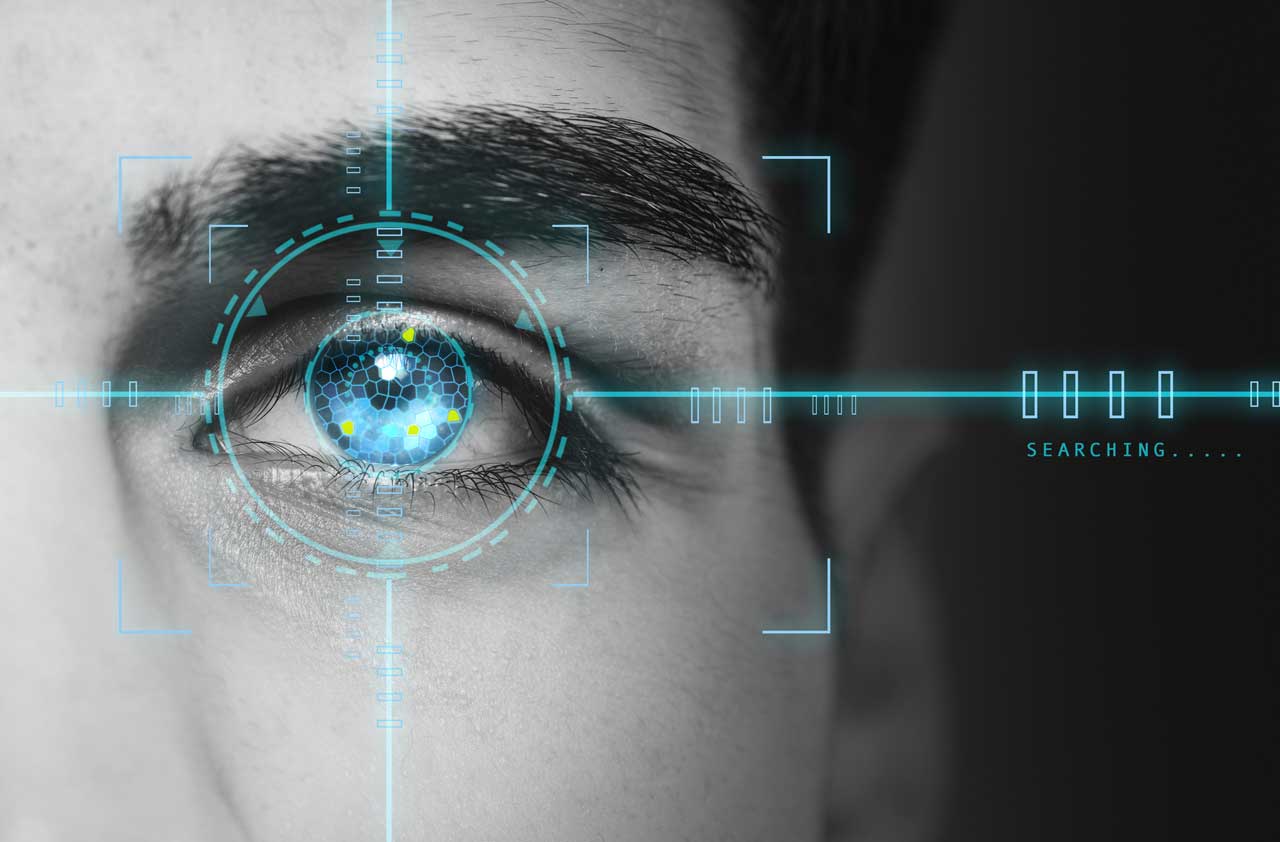
Biometrics Will Go Touchless
Biometric fingerprint readers will see a steep decline, since they rely on users making physical contact with a device or screen. That raises huge red flags when there’s an infectious disease that is transmitted on shared surfaces. Even routine deep cleaning won’t be able to convince many people to press shared fingerprint readers.
Contact-free facial and iris detection will see a surge in interest. The techniques are commonly used by law enforcement, border control and at airports. India, which relies heavily on fingerprints for its national identification system, is facing the grim reality of a pandemic. The country has had to curb the tech’s use. Microsoft, Amazon, Apple and Alphabet are among the leaders in facial recognition research.
PODCAST: Services to Speed TSA Security: What’s Worth It?

Privacy Online? A Whole Lot Less
Security will trump privacy in the years ahead as the monitoring of people becomes more palatable to citizens and lawmakers as a way fight this pandemic and avoid the next one. Aggressive tracking of people who test positive for COVID-19 can speed the recovery and prevent future outbreaks, say infectious disease experts. The use of smartphones and location data will be critical. Google and Facebook are already in contact with the federal government to share anonymized location data, according to reports. Other tech companies, large and small, are looking to innovate with location-tracking technology. Expect Uncle Sam to fund research efforts in coming years.
Privacy won’t get totally thrown out the window. Academic researchers are trying to create ways to track people and maintain privacy. MIT, Harvard and the Mayo Clinic are part of a group of epidemiologists, engineers, data scientists and digital privacy advocates working on mobile apps that may help. Privacy experts will work to secure sensitive data from connected thermometers, health-tracking apps and facial recognition systems.
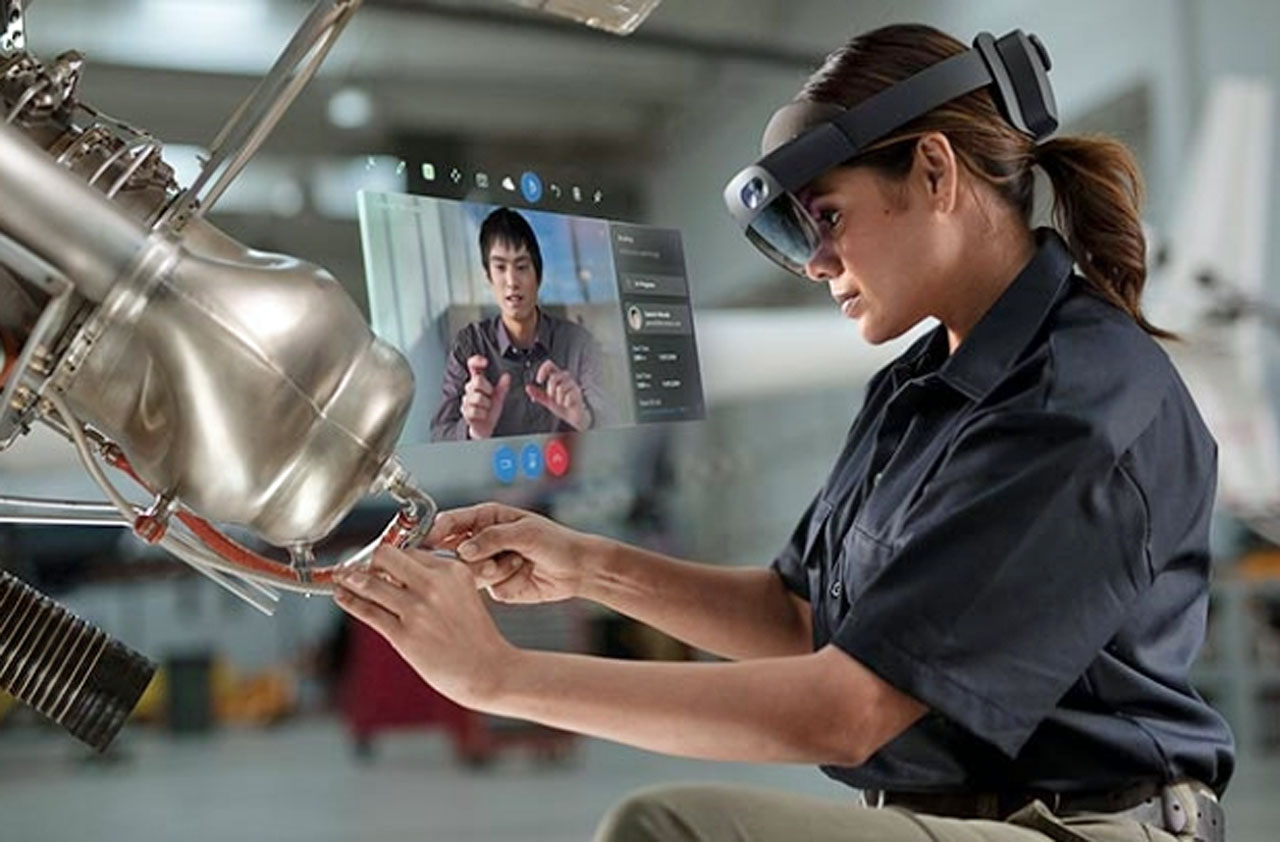
Virtual Reality Gets to Shine
Smart glasses will see new demand as travel restrictions continue to hamper businesses. Glasses with video cameras and see-through lenses that overlay digital information will be the most popular. The headsets from Vuzix, Epson and other vendors have Wi-Fi or cellular connections plus headphones, so a boss can talk to an employee on a jobsite while seeing what the worker is seeing. Honeywell offers a service with Vuzix hardware that connects maintenance crews to experts, especially helpful if skilled workers are scarce in some areas.
The smart glasses have the potential to overlay schematics and other how-to information, helping even inexperienced workers complete tasks in a pinch. The leader in advanced AR hardware is Microsoft. Its Hololens headset will find uses that enable better remote work by creating lifelike virtual meetings on jobsites or in the office.
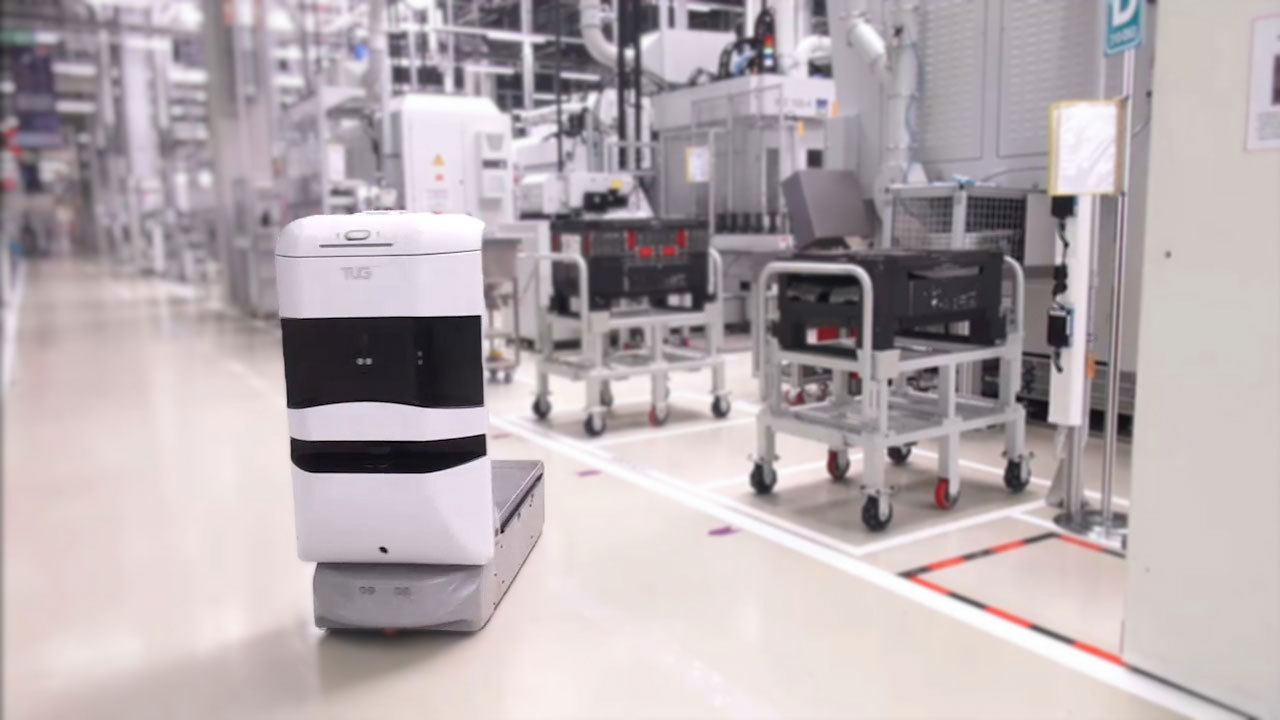
Robotics Will Need Innovation to Advance
The industrial robot market will feel the pain from manufacturers’ woes. The market relies on China for at least 30% of its shipments, according to ABI Research, as it quickly adds robots to its factories. Falling sales will ding vendors such as Kuka, ABB, Fanuc, Kawasaki and Yaskawa. China is also racing to build robots domestically and its sellers will take a big hit.
But in the near term, expect a steep decline in industrial robot shipments. That will cause many robotic startups to fail as investment and sales dry up. Consolidation will likely quicken as large players scoop up smaller ones and big mergers occur. But the push to automate factories sets up the industry for a comeback in coming years. Look for robot makers to push harder with new applications as manufacturers start becoming much more interested in automation.
Some virus-fighting robots are seeing strong demand now, such as UVD Robots’s mobile ‘bot that can disinfect a hospital room with ultraviolet light. TMiRob, based in China, has a robot that’s been used to disinfect hospital rooms in Wuhan. Robots to move products around warehouses and hospitals are also in position to see rising demand, since they can automate processes. Pittsburgh-based Aethon has a robot that can bring meds, meals and supplies to patients, saving money and avoiding human touch. The robot works in hospitality and manufacturing, too.
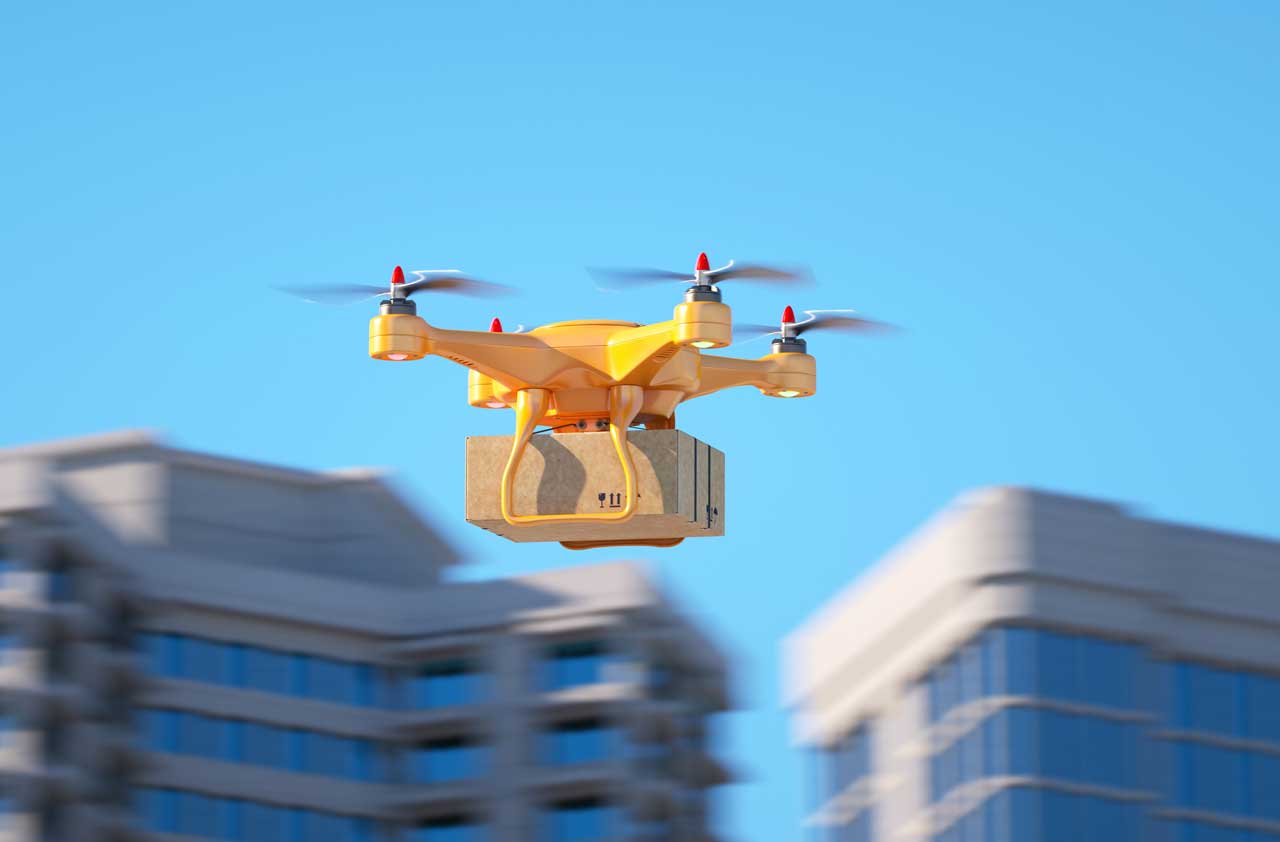
Drone Delivery Gets a Lift
Expect federal regulators to speed up the adoption of delivery drones, cutting red tape more swiftly than they have in recent years. Drones can be a vital resource in a pandemic or similar disruption. China has experimented with using drones during coronavirus for shipping medicine, disinfecting public areas and delivering food.
The focus will first be on lifesaving uses, such as delivering medicine and virus test kits. Expect more special waivers for such uses and lots of new trials. More drones will be sold for surveillance and monitoring by police. For example, police could use drones to break up crowds in locked down areas.
American drone companies will likely take priority over foreign makers for many government contracts. Uncle Sam has been warning about Chinese drones and will push for American models whenever possible. It won’t be easy. China’s DJI controls the vast majority of the market. American makers include Impossible Aerospace and Skydio. Also look for systems from Google’s Project Wing and Amazon’s Prime Air to gain ground. France’s Parrot and Australia’s Flirtey also make small drones.

A Greater Effort to Undo the Digital Divide
More federal funding will go to Wi-Fi hotspots for at-home education. Advocates are pressing the Federal Communications Comm. to free up funding used to connect schools to the internet for connecting kids at home and elsewhere. The coronavirus sent tens of millions of kids home suddenly and many of them don’t have adequate internet connections. The current annual cap for E-Rate, the FCC program, is $4.2 billion dollars. About $1 billion is still available.
Lawmakers will also take more aggressive action on the digital divide, which has been brought to the fore by widespread orders to stay and work at home. Nearly 21 million Americans, mostly in rural areas, lack reliable high-speed web.
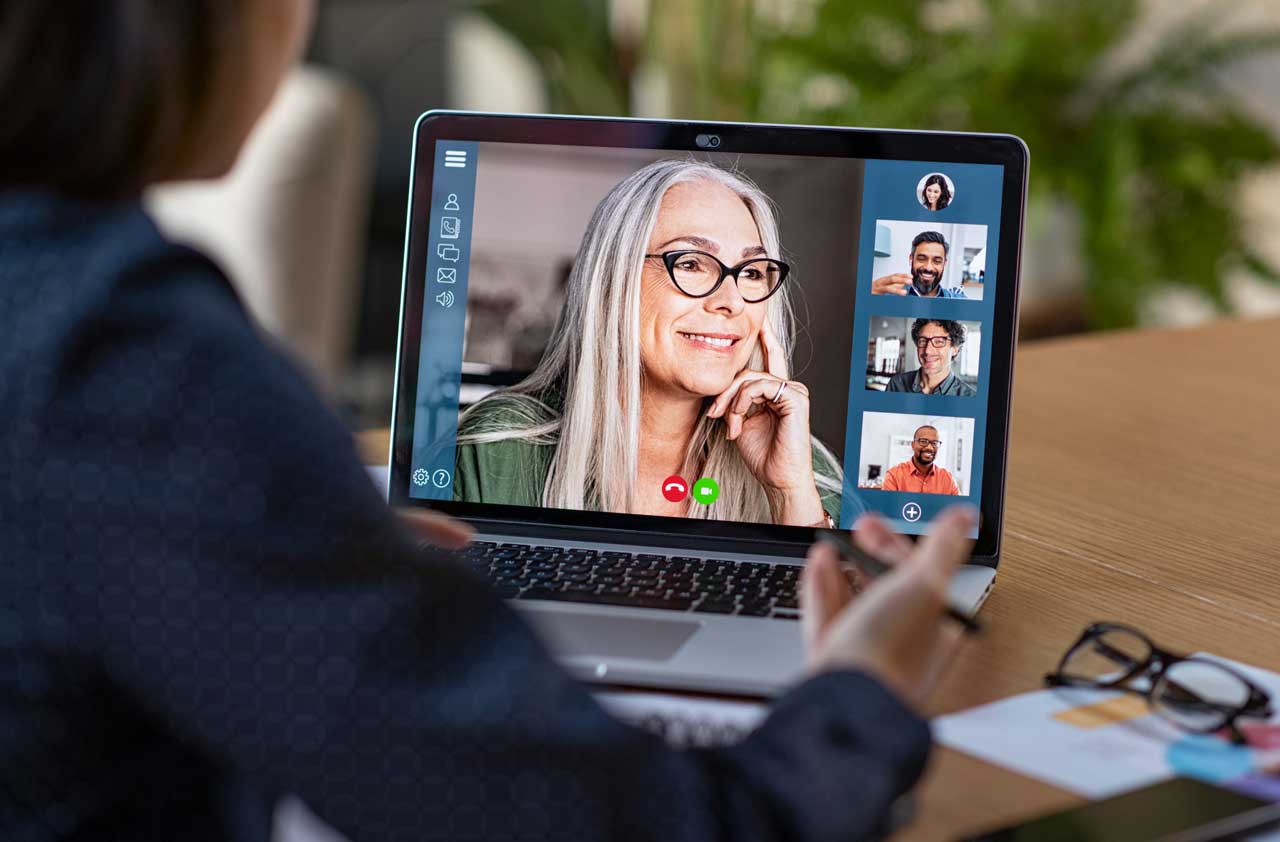
Remote Work Demands Will Spur Innovation
A side effect of the ongoing and massive work-from-home experiment: It will plant the seeds for better telework software as computer coders are forced to use today’s tools at home. Many of them won’t like certain features and will build their own. Investors will be more receptive to teleworking start-ups as they see businesses large and small more concerned about staying productive.
Current vendors will rapidly improve their products, too, using analytics from the current flood of at-home workers. Expect useful new features in months, most notably from Slack and Microsoft Teams. Video conferencing software will also see quick improvements. Many vendors are offering their tools for free to kids learning at home and others.
Get Kiplinger Today newsletter — free
Profit and prosper with the best of Kiplinger's advice on investing, taxes, retirement, personal finance and much more. Delivered daily. Enter your email in the box and click Sign Me Up.

John Miley is a Senior Associate Editor at The Kiplinger Letter. He mainly covers technology, telecom and education, but will jump on other important business topics as needed. In his role, he provides timely forecasts about emerging technologies, business trends and government regulations. He also edits stories for the weekly publication and has written and edited e-mail newsletters.
He joined Kiplinger in August 2010 as a reporter for Kiplinger's Personal Finance magazine, where he wrote stories, fact-checked articles and researched investing data. After two years at the magazine, he moved to the Letter, where he has been for the last decade. He holds a BA from Bates College and a master’s degree in magazine journalism from Northwestern University, where he specialized in business reporting. An avid runner and a former decathlete, he has written about fitness and competed in triathlons.
-
 The AI Doctor Coming to Read Your Test Results
The AI Doctor Coming to Read Your Test ResultsThe Kiplinger Letter There’s big opportunity for AI tools that analyze CAT scans, MRIs and other medical images. But there are also big challenges that human clinicians and tech companies will have to overcome.
By John Miley Published
-
 The Best Places for LGBTQ People to Retire Abroad
The Best Places for LGBTQ People to Retire AbroadLGBTQ people can safely retire abroad, but they must know a country’s laws and level of support — going beyond the usual retirement considerations.
By Drew Limsky Published
-
 Text-Generating AI Faces Major Legal Risks: Kiplinger Economic Forecasts
Text-Generating AI Faces Major Legal Risks: Kiplinger Economic ForecastsEconomic Forecasts Major legal risks to text-generating artificial intelligence: Kiplinger Economic Forecasts
By John Miley Published
-
 32 Ways to Make Money in 2025
32 Ways to Make Money in 2025business Check out these cool side hustles to earn bonus bucks this year.
By Bob Niedt Last updated
-
 12 IRS Audit Red Flags for the Self-Employed
12 IRS Audit Red Flags for the Self-Employedtaxes If you are self-employed, minimize the odds of an IRS audit by avoiding these audit triggers.
By Joy Taylor Last updated
-
 Business Cost Outlooks for 2022: Eight Key Sectors
Business Cost Outlooks for 2022: Eight Key SectorsEconomic Forecasts What’s in store for all sorts of business costs in 2022?
By The Kiplinger Washington Editors Published
-
 You May Get a Raise in 2022
You May Get a Raise in 2022Employee Benefits In a strengthening labor market, businesses are paying more to attract and retain employees.
By Emma Patch Published
-
 PPP Loan Basics for Small Business Owners
PPP Loan Basics for Small Business OwnersCoronavirus and Your Money Although uncertainty and confusion have surrounded the Paycheck Protection Program since its launch, that shouldn't stop small business owners from participating in the loan program, which was just extended to May 31.
By Rodrigo Sermeño Published
-
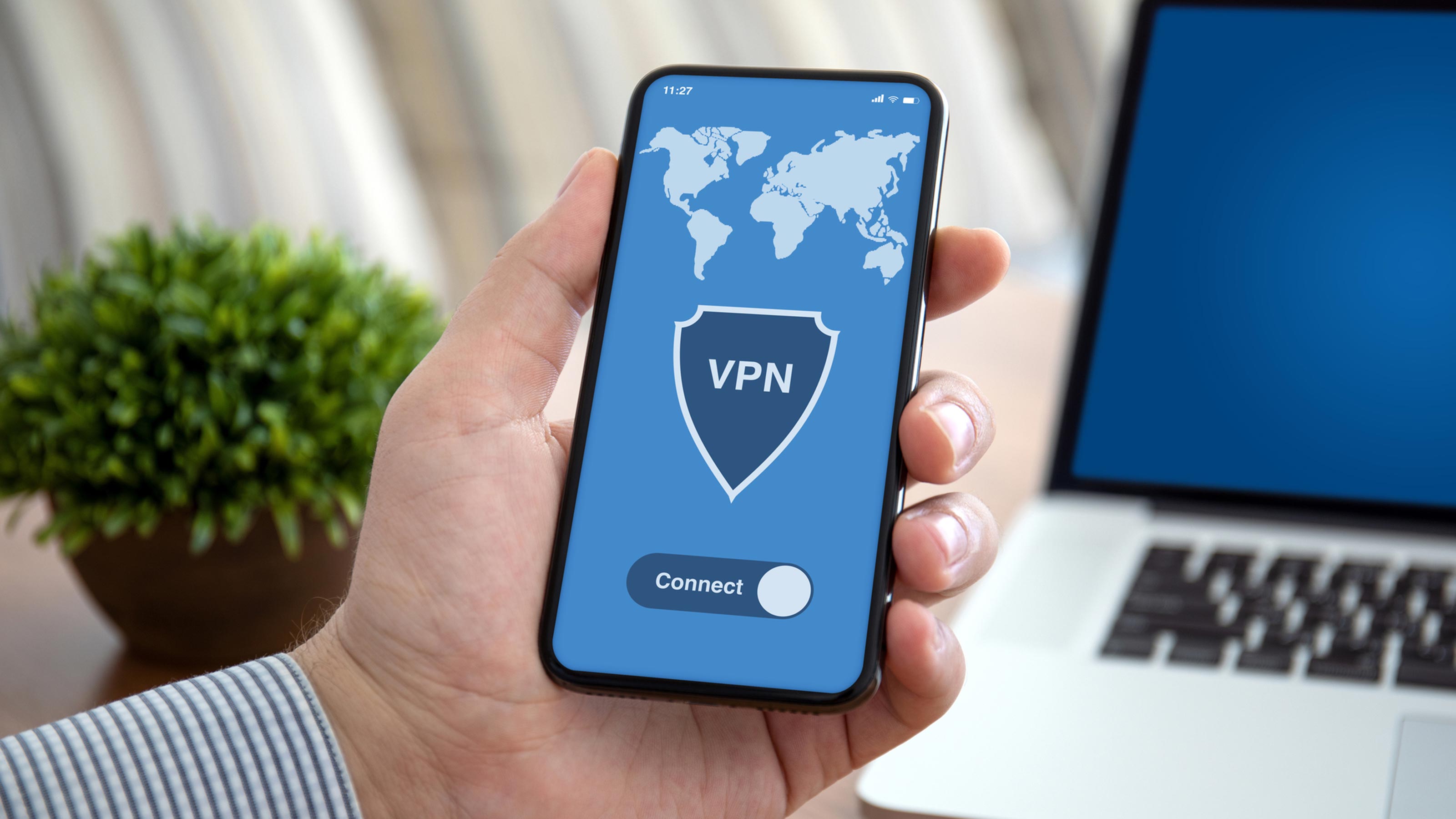 Add a VPN to Surf the Internet Safely
Add a VPN to Surf the Internet SafelyTechnology To help you fight identity theft, consider adding a VPN.
By Emma Patch Published
-
 "Above-the-Line" Deductions for Your 2021 Tax Return
"Above-the-Line" Deductions for Your 2021 Tax ReturnTax Breaks If, like most people, you claim the standard deduction instead of itemized deductions on your return, there are still many other tax deductions available that could save you a lot of money.
By David Muhlbaum Published
